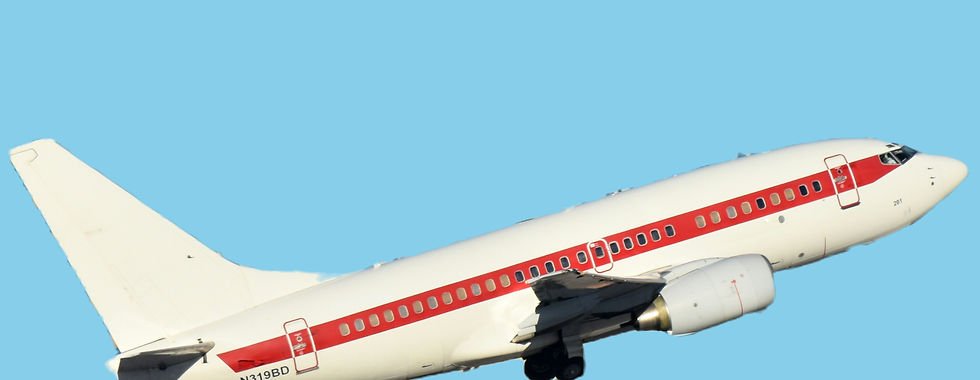"Private" Aircraft: Why Airports Need to Get the Definition Right
- Stéphane Leclair

- 37 minutes ago
- 2 min read

In aviation, few terms cause as much confusion as the private. Many assume the private aircraft definition refers to small, recreational aircraft owned by hobby pilots. In reality, “private” has nothing to do with size or luxury — and everything to do with purpose.
According to both Transport Canada and the Federal Aviation Administration (FAA), a private operation is one not conducted for hire or reward. That means the aircraft is not used to generate revenue through passenger or cargo transport. Whether it’s a two-seat Cessna or a 365-seat Boeing 737, the classification remains the same if no money changes hands.


This technical distinction can have real financial implications for airports. Many aerodromes offer fee exemptions or discounts for “private” aircraft, often targeting small piston planes under 2,001 kilograms. These policies were designed to support general aviation and recreational flying — not large corporate jets or private airliners.
Take, for example, a mining company that owns a Boeing 737-800 used exclusively to fly its employees between work sites. Under aviation regulations, that aircraft is considered private because no revenue is earned from its operation. But should such an aircraft benefit from the same airport fee exemptions as a light training plane?

That’s the question many airports are now asking. As traffic diversifies and corporate operations expand, understanding the regulatory meaning of “private” versus “commercial” is more important than ever. Misinterpreting these categories can lead to lost revenue and uneven application of fees across operators.
Airports reviewing their fee structures would do well to look beyond the label and consider the intent behind exemptions. Aligning policies with operational reality ensures fairness, transparency, and financial sustainability — and helps airports collect the revenue they actually intend to.


